It’s easy to go Hollywood, but it can be hard to come back. That’s not something paleontologist Jack Horner has to worry about—yet. A little more scientific loose-talk, however, and he could be flirting with trouble.
Horner is the celebrated curator of paleontology at Montana’s Museum of the Rockies, the co-author of the provocatively wonderful How to Build a Dinosaur, and, most famously perhaps, technical consultant on all four Jurassic Park films, including the upcoming Jurassic World, opening on June 12. Good science fiction, like good science itself, changes as new discoveries roll in, and the Jurassic franchise is no exception.
The original film, based on a Michael Crichton novel, rested on the plausible-enough idea that dinosaur DNA could be recovered by collecting ancient mosquitoes that had been trapped in amber shortly after they supped on dino blood. Extract the blood, apply a little contemporary cloning and add only a comparatively small dash of suspension of disbelief and you’ve got your thunder lizards.
But DNA, it turns out, is not nearly such hardy stuff. Store it properly and it can, at best, survive a few million years. But the 65 million years since the death of the dinosaurs? Not a chance.
So the new movie adds a twist. It doesn’t junk its old premise entirely, but instead riffs off of it, imagining an entirely new species of dinosaur—the Indominus rex—engineered from the recovered genes of four actual dinosaurs: the Gigantosaurus, Rugops, Majungasaurus and Carnotaurus.
Since human-manipulated transgenic animals do exist, Horner has a certain measure of cover to promote the new movie as a scientific improvement on the old ones. “The cool thing about making a hybrid,” he said in a recent interview with BBC, “is that we can take a whole bunch of genes from other animals and mix them together to make a new animal, which is actually more plausible than bringing them back.”
That’s true enough as far as it goes—but it doesn’t go as far as he pushes it. Horner himself has explored the frontiers of dino DNA both in the lab and in his public appearances, making a wildly popular splash with a 2011 TED Talk, in which he discussed the possibility of creating a dinosaur by, effectively, reverse-engineering a chicken. Modern birds are the closest living kin to dinosaurs and, far better than the dead mosquito in a drop of amber, serve as repositories of their DNA. If you could shut off the genes that turned a claw to a wing, or reanimate the ones that coded for a dinosaur’s tail instead of a bird’s tail, you might work your way back to animals that haven’t been seen for tens of millions of years.
In 2014, Horner and his colleagues published a paper looking specifically at the evolution of the bird tail. Before that, Harvard geneticist Matthew Harris went further, engineering a chicken with crocodile-like teeth. (It’s chickens that wind up in these studies so often for the same reason they wind up on our plates so often: They’re cheap, domesticated and plentiful.)
Transgenic science is much further along than any dreams of rolling the chicken’s evolutionary clock backwards, though here too the steps have been relatively modest. Typically, animals created transgenically are a single recognizable species into which genes have been spliced to produce a single trait—goats that produce spider silk in their milk, which can then be used for manufacturing; cows that produce proteins for nerve-protecting myelin, which may have applications in treating neurodegenerative diseases; a pig that produces less-polluting manure thanks to a bit of mouse DNA.
None of that is even remotely close to the Mixmaster scenario Horner envisions—and for a reason. Geneticists have long been humbled by their work on genomes as simple as the yeast’s and as complex of the human’s, learning that things are never as easy as finding a discrete gene for a discrete trait.
Rather, even a relatively modest trait in a single species may be governed by a whole suite of genes, interacting with a whole suite of epigenes—essentially the genes’ on-off switches. And all of those must, in turn, work in a perfect symphonic cooperation with all of the other genes and traits that make up the organism.
It can take evolution billions of years to get that right and it balks at allowing any two species to commingle their genes and create who-knows-what kind of biological chaos. It’s the reason a dog can’t mate with a cat or a human with a chimp. It’s the reason too that on those occasion that species do sidestep the system—like the horse and the donkey producing a mule—the resulting offspring are often sterile. Best to shut down the whole experiment before things get out of hand. And that’s just with two species messing around with their genes. Things would get exponentially more complicated if you tried to combine three or four in the lab.
Jurassic World, of course, is all about fun. The fi in sci-fi does not stand for “fidelity.” But Horner, who remains an icon among paleontologists, should nonetheless stay a bit truer to the science. Suggesting that the newest entry in the Jurassic franchise is the most realistic depiction yet of dinosaur reanimation is like saying last year’s Interstellar is the most realistic depiction yet of what would happen if you jumped into a black hole. In both cases, this is not something you should try at home.
See Iconic Franchises Before and After Their Reboots


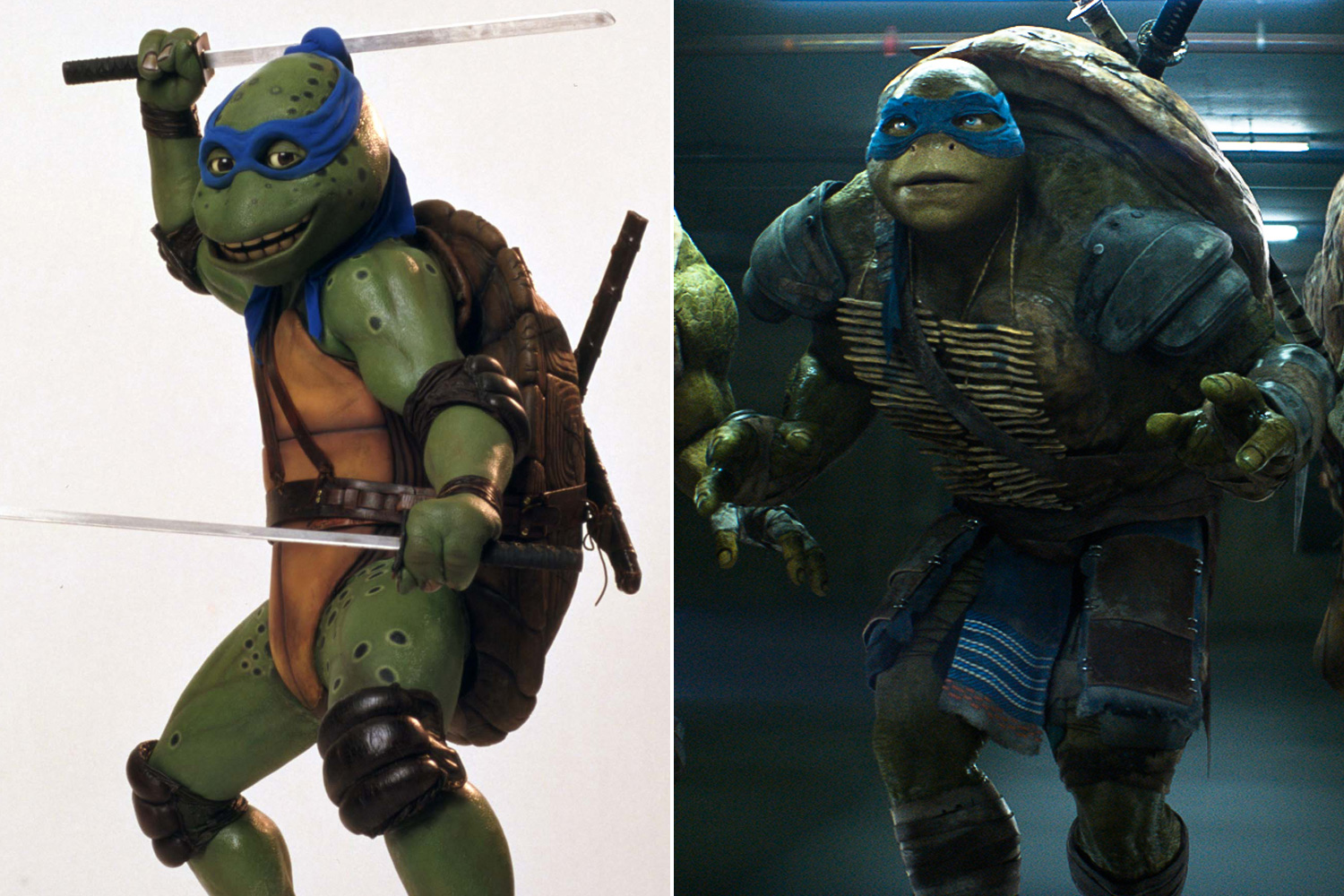
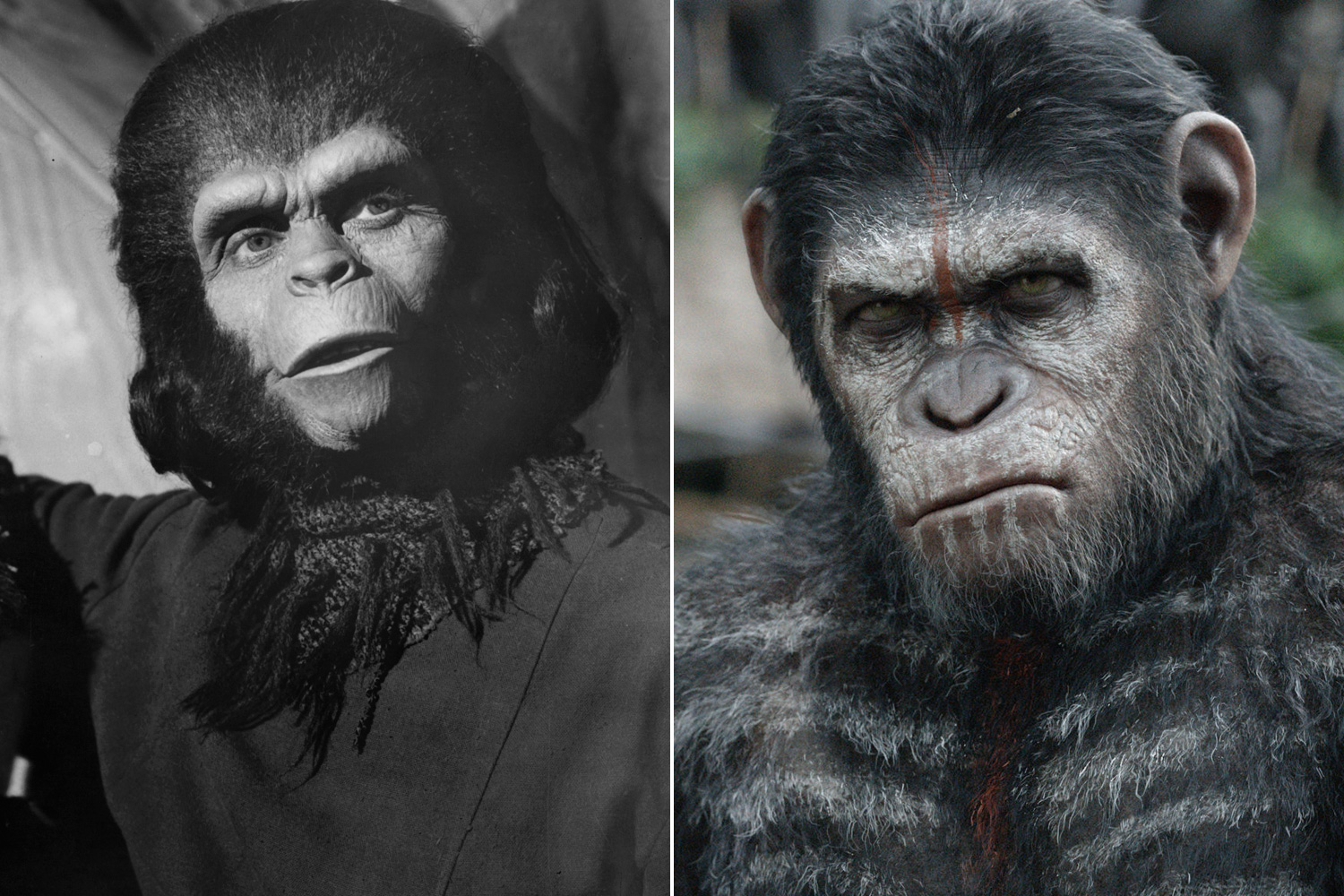
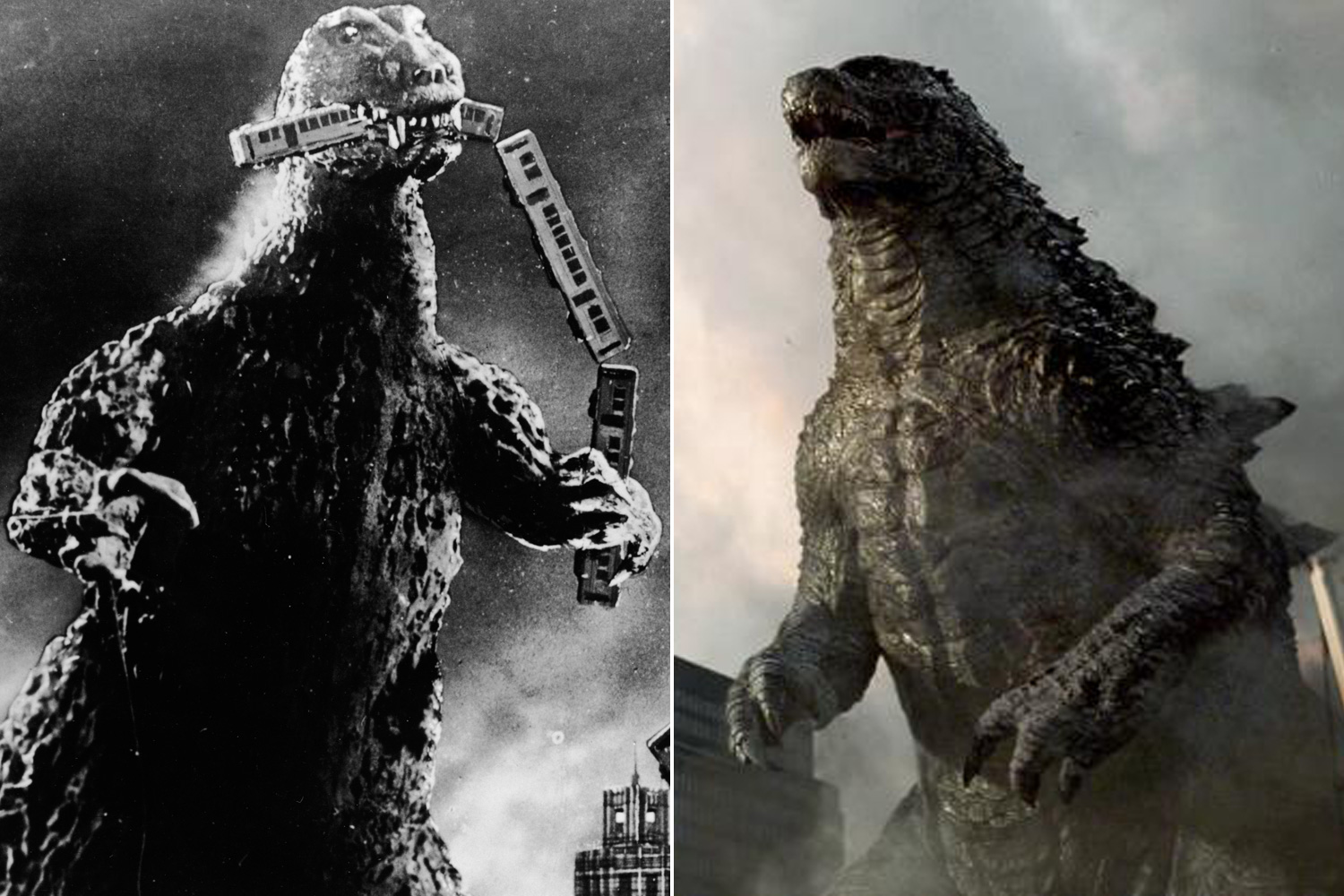
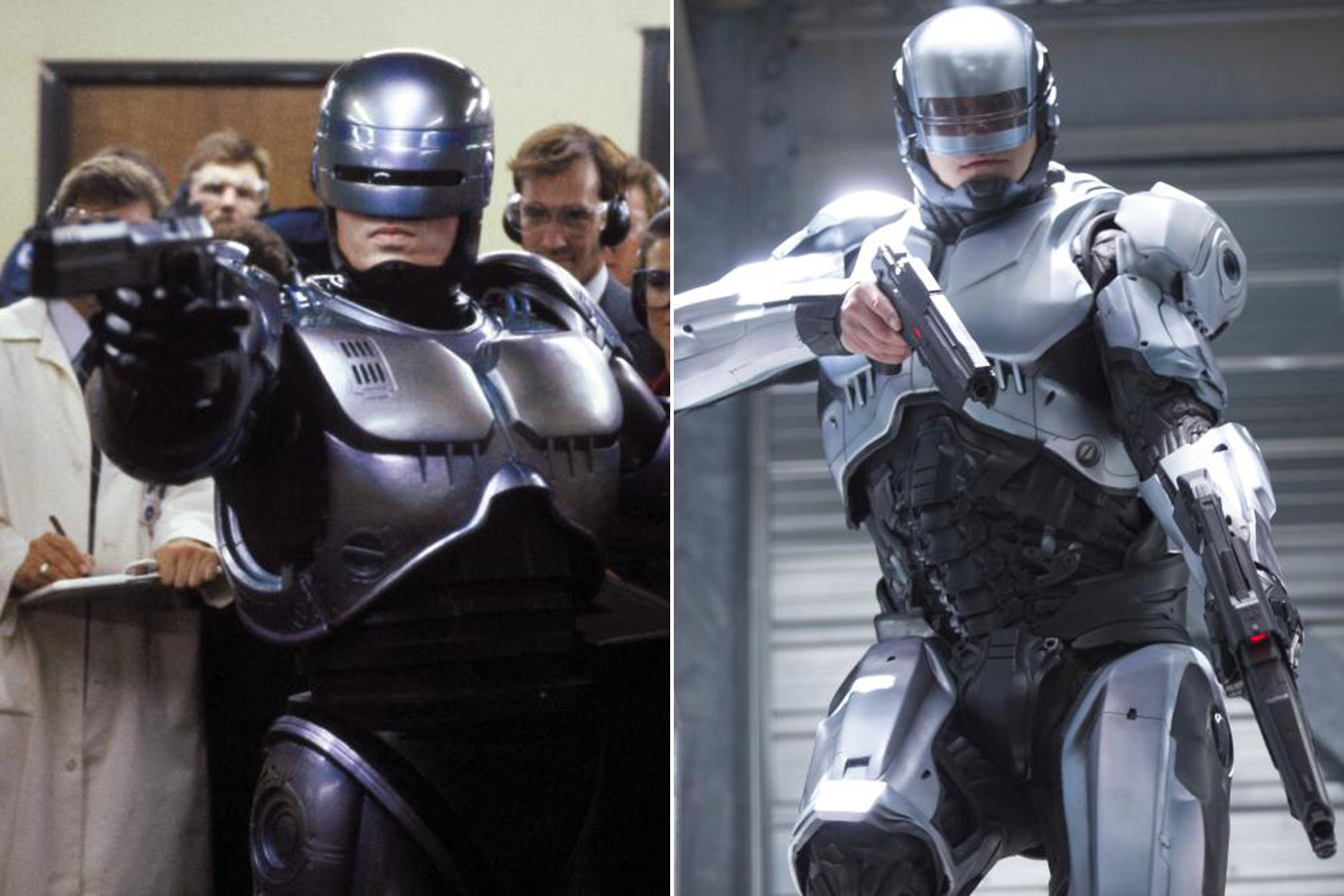
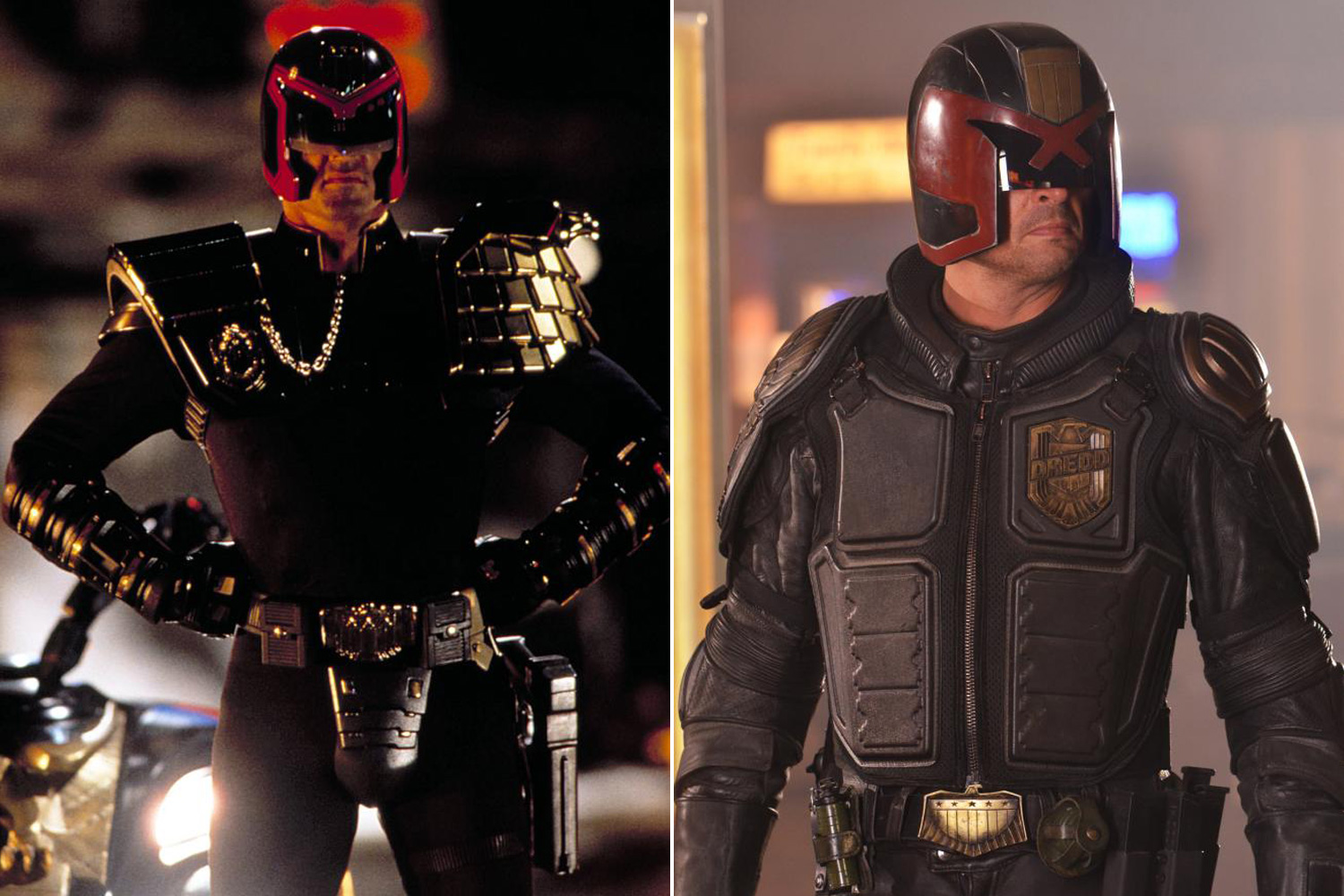

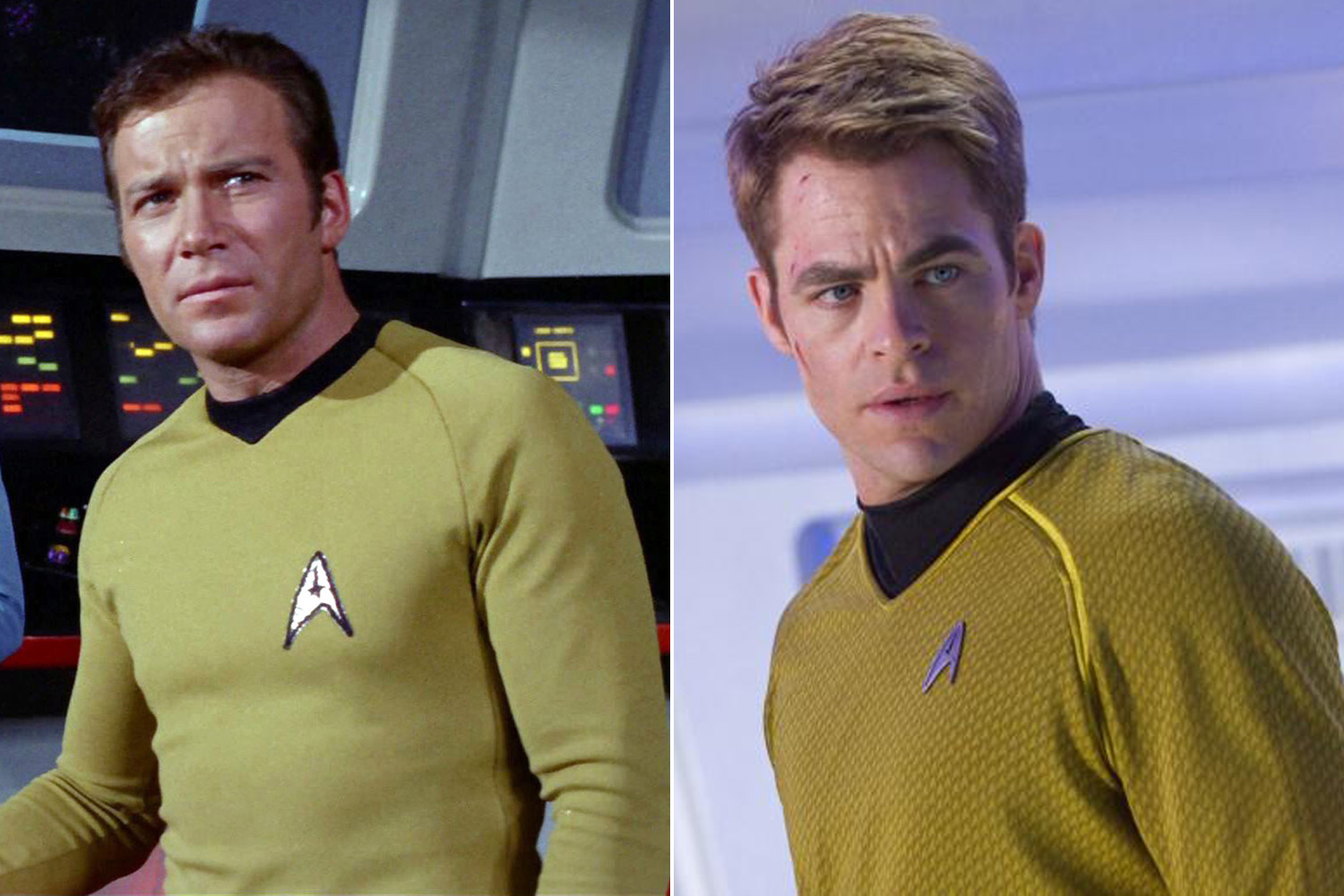

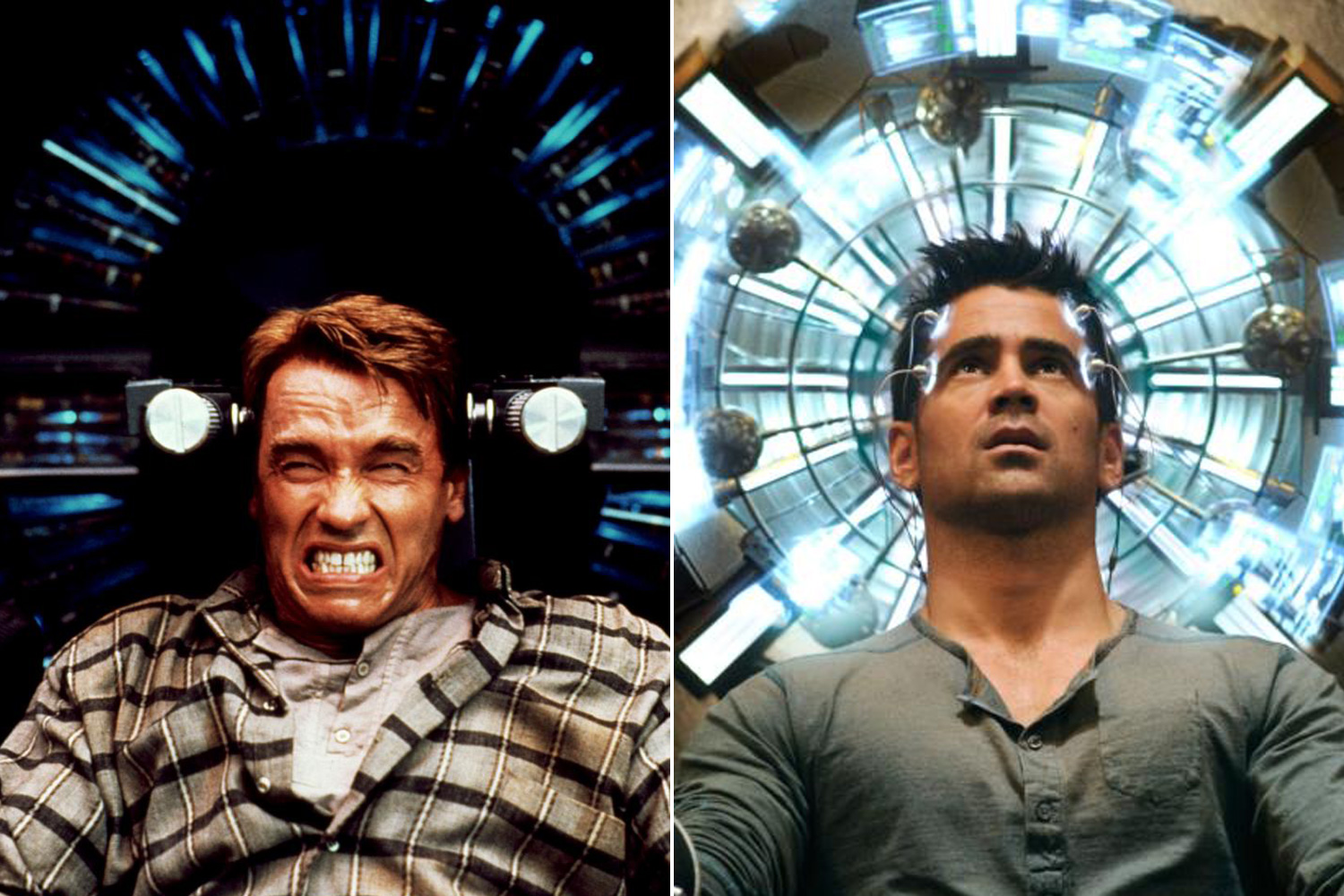
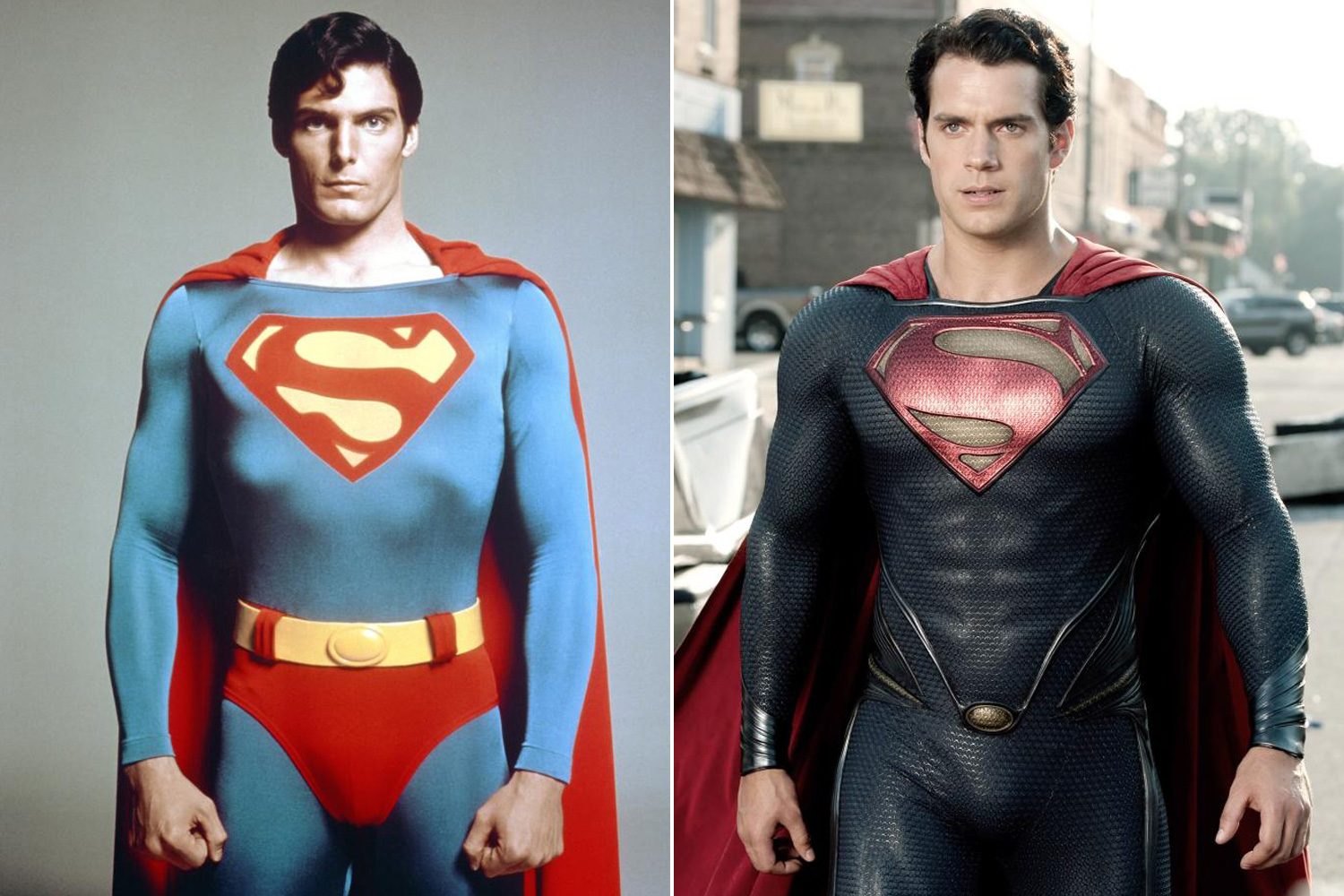
Read next: Watch All the Trailers for This Summer’s Biggest Movies
More Must-Reads from TIME
- Caitlin Clark Is TIME's 2024 Athlete of the Year
- Where Trump 2.0 Will Differ From 1.0
- Is Intermittent Fasting Good or Bad for You?
- The 100 Must-Read Books of 2024
- Column: If Optimism Feels Ridiculous Now, Try Hope
- The Future of Climate Action Is Trade Policy
- FX’s Say Nothing Is the Must-Watch Political Thriller of 2024
- Merle Bombardieri Is Helping People Make the Baby Decision
Write to Jeffrey Kluger at jeffrey.kluger@time.com